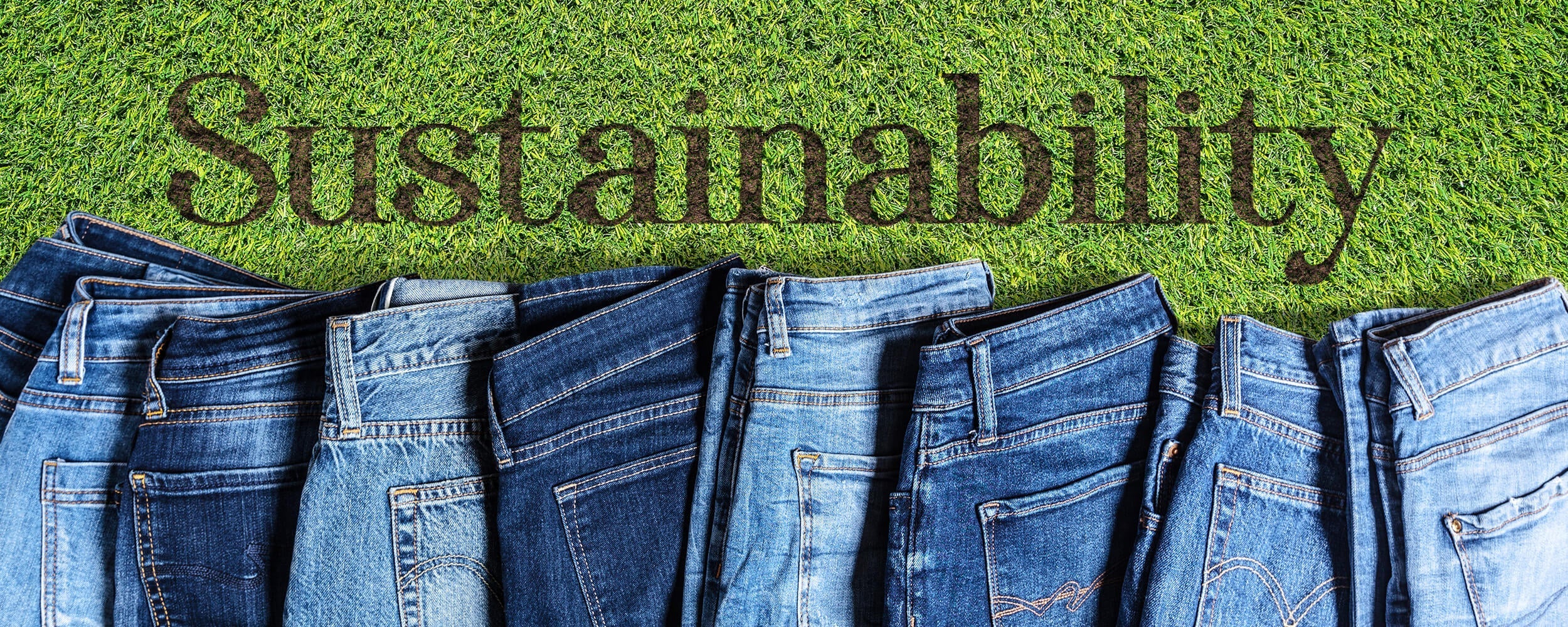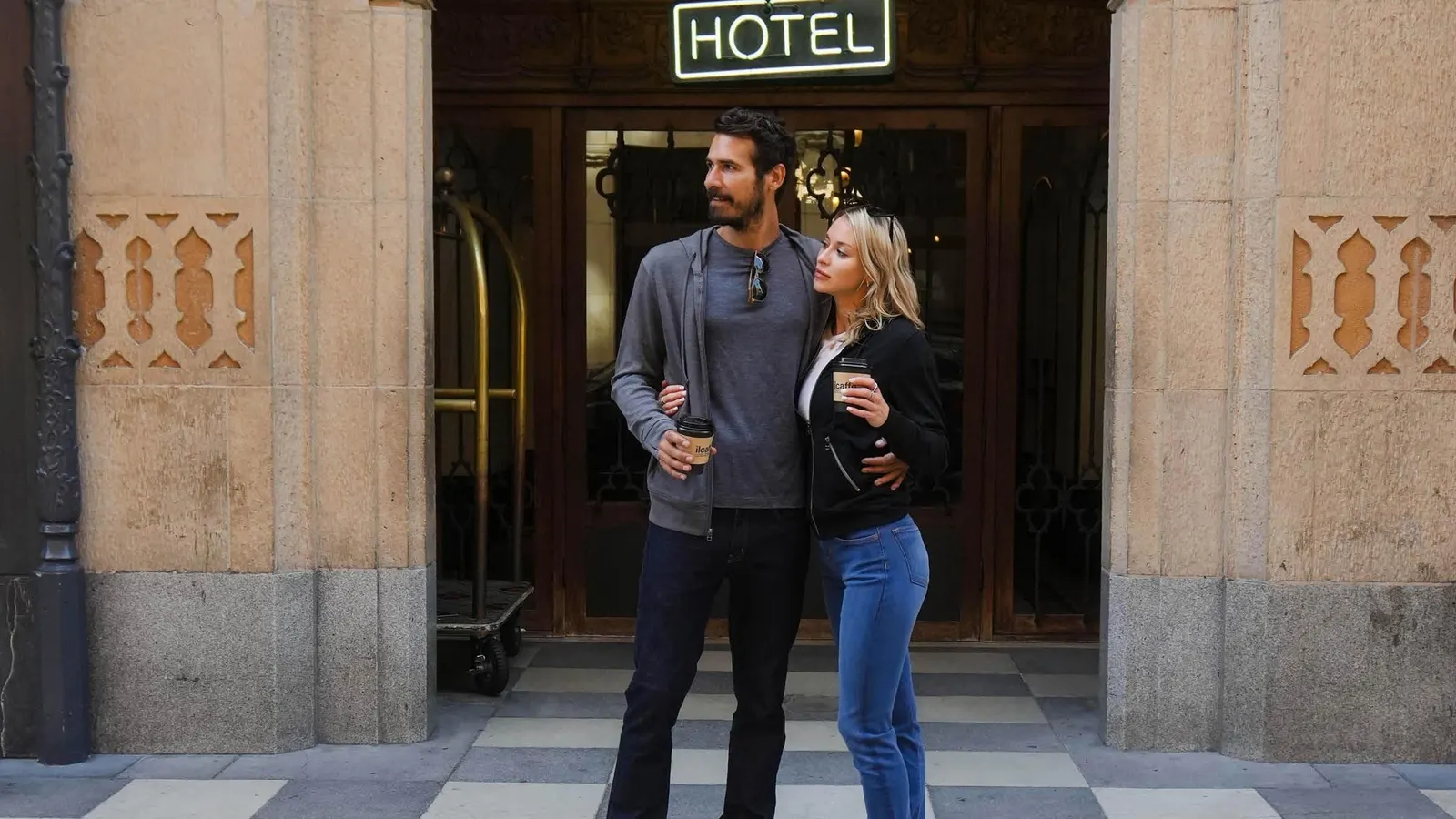
Sustainable Denim Trends in 2025 and Beyond
Ask anyone about their favorite pair of jeans, and they’ll probably tell you how long they’ve had them. But that longevity hides a darker side: a single pair can take thousands of liters of water to produce. A single pair can take over 3,700 liters of water to produce (Levi’s Life Cycle of a Jean, 2015).The story of denim has also carried a heavy environmental cost; billions of liters of water wasted, dyes polluting rivers, and supply chains hidden behind closed doors. That’s changing. Today, sustainability is no longer an afterthought in the fashion industry. It’s the expectation. And nowhere is that shift more visible than in denim.
At BRIV, a Bogotá based sustainable denim manufacturer, we see these changes firsthand. By working with global fashion brands to integrate organic cotton, recycled fabrics, and water-saving dyeing methods into their collections, we’ve learned how sustainability is reshaping the industry from the inside out. In this article, we’ll explore the key denim trends shaping 2025 and what they mean for brands, consumers, and the industry as a whole.
Why Sustainability Matters in Denim
Denim is one of the most resource intensive fabrics in fashion. A single pair of jeans can take thousands of liters of water to produce. Traditional dyeing methods rely on harsh chemicals that not only impact the environment but also harm workers.Greenpeace Detox Campaign (2011–2020) documented toxic chemical use in denim dyeing. At the same time, fast fashion has turned denim into a disposable item, filling landfills instead of wardrobes.
Consumers have woken up to this reality. The rise of sustainable fashion in recent years is driven by a simple truth: people want clothes that look good and do good. Eco-friendly denim is at the center of this shift because it blends timeless style with innovation and caring for the future.
Key Sustainable Denim Trends in 2025

Organic Cotton Denim on the Rise
Organic cotton has moved from niche to mainstream. Unlike conventional cotton, it’s grown without toxic pesticides and uses far less water. For denim brands, it means creating jeans that are softer on the skin and gentler on the planet. Organic cotton denim is now one of the most sought after materials, especially as buyers demand traceability from seed to store. A Forbes article references a Textile Exchange analysis 2023 report claiming organic cotton may require 91% less irrigation compared to conventional cotton under certain conditions.

Recycled Denim and Circular Fashion
The days of tossing old jeans into the trash are over. Recycled denim fabric is becoming a cornerstone of circular fashion. Scraps and worn out garments are being shredded, respun, and reborn into new textiles. Not only does this reduce waste, but it also gives denim a story that connects past with future. Circular fashion in denim signals a mindset shift: clothes are no longer disposable, they’re part of a continuous loop.

Water-Saving and Eco Friendly Dyeing Methods
One of denim’s biggest sustainability challenges has always been water. Innovative finishing techniques are rewriting that story: laser technology replaces traditional sandblasting, ozone washing uses air instead of water, and natural dyes reduce chemical runoff. Together, these methods represent a major leap forward in water-saving denim production. Our perspective is also shaped by local realities such as the severe drought and water rationing that affected Bogotá in 2024 (World Bank, 2024) making resource efficiency not just a business choice but a necessity for resilience. These innovations take on an even deeper meaning. By adopting eco-friendly dyeing, Briv not only preserves the classic indigo look but also helps safeguard the region’s most vital resource.
Ethical and Local Manufacturing
Beyond materials, the spotlight is on where and how denim is made. Transparency is no longer optional. Shoppers want to know if workers are paid fairly, if factories treat people with respect, and if supply chains are traceable. This has fueled the growth of ethical denim manufacturing. Local denim production such as nearshoring in Latin America is on the rise, offering brands faster timelines, lower hidden costs, and stronger sustainability credentials compared to overseas imports. For example, Colombian denim production has become a competitive alternative to traditional Asian supply chains.
Slow Fashion and Timeless Styles
Trends come and go, but denim has always thrived on timelessness. Slow fashion takes this even further by rejecting rapid trend cycles in favor of designs that last. Sustainable jeans brands are focusing on cuts and washes that feel classic rather than disposable. By creating jeans built to endure, brands align with consumers who see clothing as investment pieces, not throwaway fashion.
How Consumers Are Driving Change
The rise of eco conscious shoppers is impossible to ignore. Consumers, especially younger generations, are willing to spend more on products that align with their values (McKinsey’s “State of Fashion 2023”). They expect transparency,quality and most importantly sustainability. This demand has reshaped the denim market, pushing brands to prove their claims and back them with real action.
What’s striking is that consumers aren’t just buying sustainable denim for themselves. They see it as a form of activism. Wearing jeans made with recycled fabric or organic cotton is a way to cast a vote for the kind of world they want to live in.
The Future of the Denim Industry

Looking ahead, the future of denim fashion in 2025 and beyond is being shaped by a blend of technology, design, and responsibility. From AI powered supply chain tracking to biodegradable fabrics, the innovations coming to market will change how denim is made and sold. But the biggest shift may be cultural.
Sustainability is no longer a trend, it's the baseline. Brands that fail to adapt risk being left behind. Those that embrace eco-friendly denim, ethical production, and circular practices are not only protecting the planet but also building loyalty with the next generation of consumers.
For manufacturers, this opens the door to new opportunities. Latin America denim manufacturers, for example, are positioning themselves as agile, sustainable partners for global brands. Nearshoring is no longer just a logistics choice; it’s a sustainability statement.
BRIV’s Approach to Sustainability
At BRIV, sustainability isn’t just a buzzword, it's built into the way we work. We partner with brands that want local support, transparent supply chains, and ethical practices from sketch to shipment. Our production model in Bogotá offers an alternative to the hidden costs and long timelines of overseas manufacturing. By combining flexible orders with sustainable materials and modern production methods, we help brands bring their vision to life without compromising on values.
Conclusion
Denim has always been a fabric of resilience, and now it’s becoming a fabric of responsibility. From organic cotton and recycled fibers to ethical local production, the sustainable denim trends of 2025 are reshaping an industry that once resisted change.
For brands, the message is clear: sustainability is not a passing trend, it's the future of denim. And for those looking to build that future, BRIV offers the local expertise, flexibility, and transparency to make it happen.
FAQs on Sustainable Denim
What makes denim sustainable?
Denim is considered sustainable when it’s made with eco-friendly fabrics like organic cotton or recycled fibers, produced with water-saving methods, and manufactured under ethical conditions.
Is recycled denim durable?
Yes. Recycled denim fabrics are designed to match the strength of traditional textiles while giving new life to old garments.
How are jeans made more eco-friendly?
Through innovations such as natural dyes, ozone washing, organic cotton, and transparent local manufacturing processes.
This article was prepared by BRIV’s sustainability and production team in Bogotá, Colombia. With over 140 years of combined artisan and technical experience in denim manufacturing—and partnerships with global fashion brands—we combine hands-on expertise with data from organizations such as the World Bank, Textile Exchange, and the Ellen MacArthur Foundation. Our goal is to share an informed perspective on where sustainable denim is heading and why it matters for the industry’s future.

